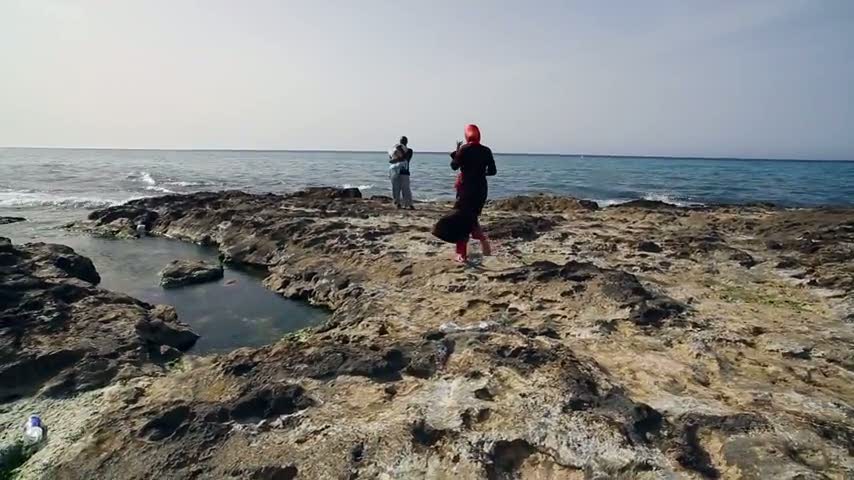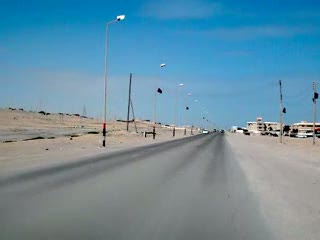Almost 400 refugees saved after crammed fishing boat sank off Libya
News Stories, 6 August 2015
GENEVA, Aug 6 (UNHCR) – Almost 400 people have been rescued so far from a vessel which sank off Libya while attempting to cross the Mediterranean sea with an estimated 600 refugees and migrants on board, the UN refugee agency says.
UNHCR added that the bodies of a further 25 people had been recovered, but dozens more were still missing and feared dead in the latest tragedy which took place on Wednesday (Aug 5). Before this tragedy, some 2,100 people have died so far this year trying to cross the Mediterranean to reach Europe.
"Another terrible tragedy happened on the Mediterranean 15 miles off the coast of Libya, so obviously the boat was just setting off. Refugees and migrants do not deserve to die seeking a better life," UNHCR spokesperson Melissa Fleming said.
Fleming said that accounts from survivors described how the boat was packed and that people panicked when they saw a rescue boat approaching, rushing to one side and tipping the vessel over.
"These are boats which should only have 40-50 people on board and not 600. People were stuffed into the haul, shoulder to shoulder, feet to feet in every possible nook and cranny," she added.
According to people on the rescue boat, the flimsy, overcrowded fishing vessel sank within minutes. There were bodies, life jackets and debris in the water. Rescuers did what they could to save panicked and frightened people.
"No one should have to die reaching safety in Europe. The vast majority of people arriving to Europe across the Mediterranean – and there have been 200 000 this year – are people that are fleeing war and conflict and persecution. It is risky – over 2,000 have died so far this year," Fleming said.
Fleming blamed "ruthless and money-hungry" smugglers for packing such large numbers of people on board unsuitable vessels and called for greater funding to help address the crisis and stem the flow of desperate people.
"Unfortunately, we have a system where refugees in neighbouring countries in the countries they first fled to, are not being assisted to the level we would like to see them assisted and this drives people to say, 'I can't make do here and we are going to go to Europe,'," she said.






























































